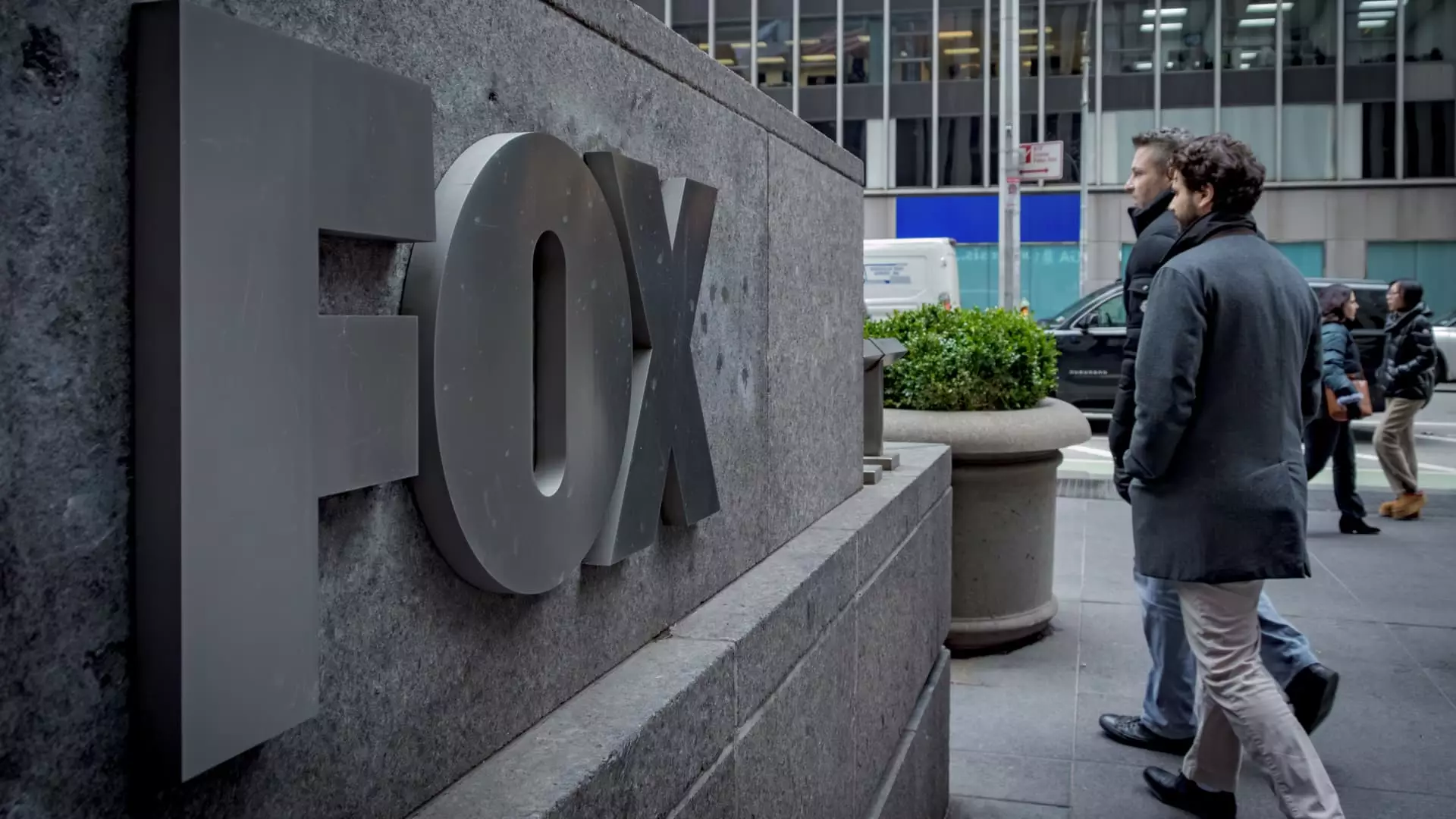In an industry increasingly driven by direct-to-consumer streaming, Fox’s cautious approach reveals a mixture of strategic hesitation and missed opportunity. While giants like Disney and Netflix pour billions into exclusive content, Fox appears to be treading carefully, offering a basic bundle of existing programming without the lure of new originals or unique features. This strategy underscores a significant problem: a lack of innovative appeal. When consumers are spoiled for choice, offering a simple port of existing content falls flat against competitors that invest heavily in producing exclusive, must-watch series and sports content designed solely for streaming audiences.
While it’s true that Fox’s main assets—sports and news—are naturally suited for mass consumption, the company’s reluctance to innovate reflects a failure to adapt to fundamental consumer expectations. In the digital age, audiences crave more than just access; they want engagement, exclusivity, and a sense of being part of something new. By not introducing original content or innovative features, Fox risks becoming a utility rather than a destination. This conservative route delivers a basic service but leaves the door wide open for more dynamic competitors to capture viewers seeking something fresh and compelling.
Pricing and Market Positioning: A Missed Signal
Fox’s decision to set the service at $19.99 per month, with pay TV subscribers receiving access for free, illustrates a cautious attempt to balance profitability and market acceptance. However, this pricing structure may send mixed signals to the market. On one hand, the price is competitive enough to lure viewers tired of escalating cable bills. On the other, the absence of exclusive content makes it hard to justify paying nearly twenty dollars a month in a cluttered streaming universe where consumers often prefer content that’s worth their investment.
The move showcases Fox’s attempt to avoid cannibalizing its traditional pay TV bundle, which has been eroding over the years. Instead of embracing the inevitable shift, Fox appears to be trying to slow it down, even if that means settling for a less ambitious product. This strategy ultimately undercuts the long-term potential of Fox One, relegating it to a supplementary service rather than a flagship platform. If the goal was to create a genuine alternative, aligning the service’s value more closely with cutting-edge content and unique offerings would have been more persuasive.
Limited Content and Strategic Short-sightedness
The fact that Fox One will not feature any original programming or exclusive content is perhaps its most glaring weakness. In today’s streaming environment, user loyalty is driven by the promise of fresh, engaging material that cannot be found elsewhere. Fox’s reliance solely on its current sports and news lineup, which is available on existing platforms, leaves a gaping hole in its appeal. Without original content, the service risks becoming a basic channel package, one that consumers might prefer to access through free or existing subscriptions rather than pay extra for.
Furthermore, Fox’s strategy to bundle Fox One with other streaming services—while sensible—raises questions about its confidence in the platform’s standalone value. A bundle should enhance appeal, not merely serve as a secondary add-on to existing streaming options. The risk here is that Fox might be perceived neither as a leader nor as an innovator, but as a follower trying to stay relevant by hitching onto the success of others. Such cautious maneuvering might prevent Fox from establishing a commanding presence in the crowded streaming arena, which is increasingly dictated by originality and storytelling rather than merely access to traditional linear programming.
Is the Future of Fox Streaming a Missed Chance?
Looking ahead, Fox’s approach could be seen as a defensive move born out of an industry cautious about overextending and risking profitability. Yet, in doing so, they are missing the chance to define a unique identity for their streaming service. The landscape is quickly shifting from a focus on linear content to immersive, exclusive platforms built around fandoms, storytelling, and technological innovation. Fox’s minimal investment in original or preferential content indicates a reluctance to take bold risks, which in this context, equates to stagnation.
The company’s focus on moderate revenue growth and guarding its traditional revenue streams betray a short-term outlook that undervalues the potential of streaming as a transformative force. In the center-right ideological perspective, supporting a robust, competitive market that incentivizes innovation and quality content should be the aim. By not fully embracing this shift, Fox risks becoming stranded in the middle—neither leading nor following successfully. Its tacit strategy of maintaining a modest, functional product, without broader creative ambitions, may prove to be a costly complacency in a fiercely competitive environment.
Fox One exemplifies a conservative yet ultimately limiting approach that may serve short-term interests but jeopardizes its long-term relevance. As streaming consolidates its dominance, Fox’s cautious stance could leave it trailing behind more daring competitors who understand that content, exclusivity, and innovation are the currency of the future.

